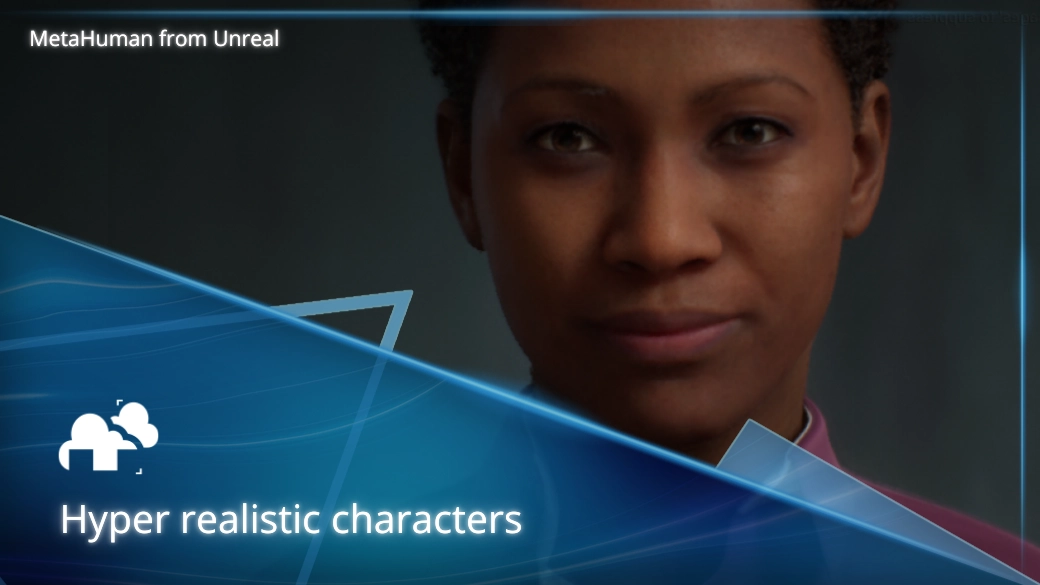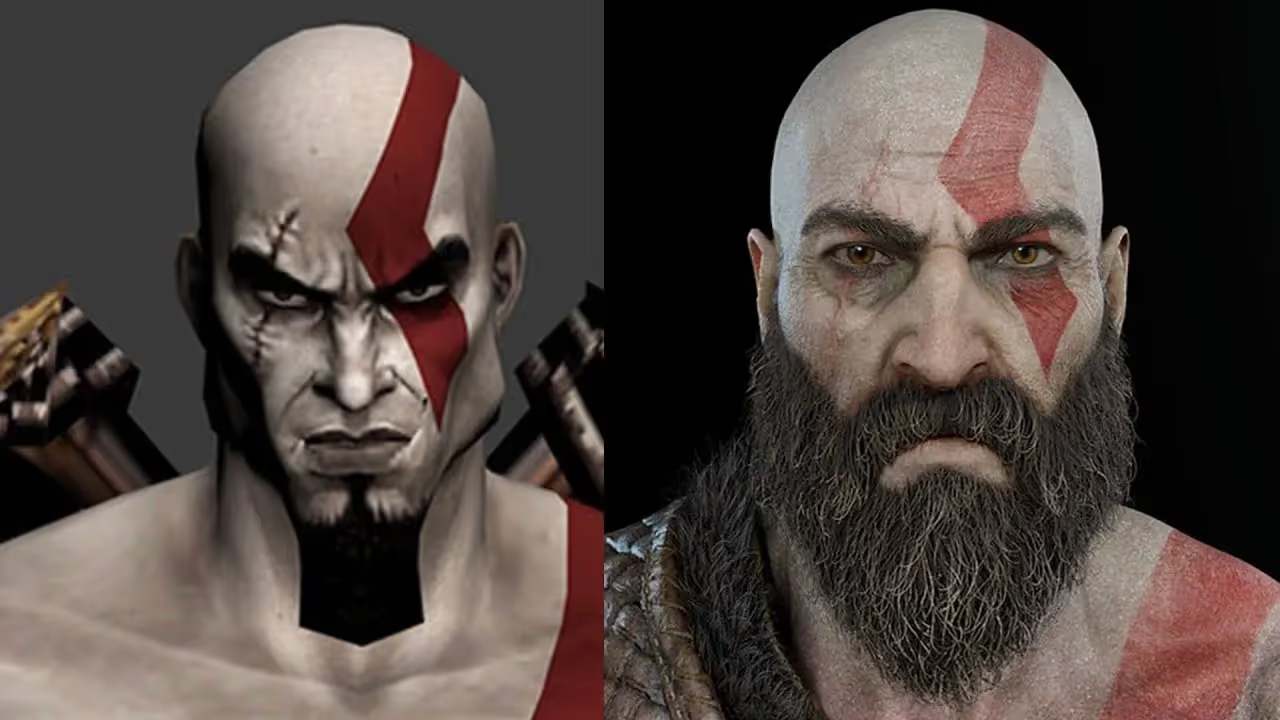
In recent years, hyper realistic characters have moved from a niche obsession among 3D enthusiasts into the forefront of film, games, and digital marketing. These digital beings are extremely lifelike and if done well, make us forget we’re looking at pixel, rapidly redefining what it means to connect with a character on screen. But behind every expressive wrinkle, hair simulation, and pore-perfect skin texture lies an immense web of artistic decisions, technical challenges, and advanced workflows.
In this article, we’ll get an in-depth look at how hyper realistic 3D characters are created, why they matter, and how you can begin your journey into the world of digital realism.
A hyper realistic character refers to a digital human (or humanoid) rendered with such meticulous detail and emotional nuance that it closely mimics real-life appearances and behaviors. These characters typically feature:
What separates a hyper realistic 3D character from a merely “good” model is how it engages the viewer’s suspension of disbelief.

Hyper realism in digital characters began emerging with films like Final Fantasy: The Spirits Within and has since evolved through cinematic milestones like Avatar, and games like Detroit: Become Human or The Last of Us Part II. Originally reliant on pre-rendered VFX pipelines, today’s hyper-realistic character models can be rendered in real-time engines like Unreal Engine, accelerating their reach across media.
In 2025, hyper realistic characters aren't just a benchmark of technical prowess, they're also integral to user engagement. From virtual influencers to AI companions, hyper realism is being used to forge emotional bonds and immersive experiences. Digital characters now host YouTube channels, star in marketing campaigns, and even serve as digital doubles for actors in hybrid film productions.
Creating a hyper realistic character is a layered process, involving:
Artists begin with sculpting tools like ZBrush or Blender's Sculpt Mode to block out the forms of the character. From major muscle groups to subtle facial features, this stage sets the groundwork. Custom brushes are often created for repetitive anatomical textures like pores and skin imperfections.
Reference is key. Artists use orthographic images, 2D drawings, and photographic references to ensure likeness especially for characters based on real people.
Once the sculpt is refined, the model is retopologized for animation and optimized for performance. UV mapping follows, laying out the 3D surface into 2D space so textures can be painted accurately. Blender, Maya, and 3ds Max are common tools at this stage.
With UVs in place, artists turn to texturing tools like Mari, Substance 3D Painter, or Photoshop. Hyper realistic skin involves multiple texture maps such as diffuse, roughness, normal, displacement, and subsurface scattering maps. These simulate everything from freckles to blood flow under the skin. Advanced workflows also involve other things like wrinkle maps driven by facial rig inputs, and micro detail layering using scan data or custom painted resources.
Hair is a cornerstone of realism. Whether it's a few strands of facial stubble or long flowing locks, tools like XGen in Maya, Hair Tool in Blender, or Unreal Engine’s groom assets handle thousands of hair curves rendered in real-time or path-traced final passes.
To bring the model to life, artists build complex rigs for both the body and in the facial region to capture expressions, blinks, and subtle shifts in emotion. Blendshapes, bone rigs, and dynamic simulations all contribute to lifelike movement. One great example are these facial animations by Chris Jones:
Lighting sells the form. Artists follow traditional cinematography principles, utilizing three-point lighting setups, ambient occlusion, and tone-mapped outputs. Render engines like Cycles, Arnold, and Unreal Engine’s Lumen play a critical role here.
The closer a character looks to being human without quite getting there, the more unsettling it becomes. This “uncanny valley” is a psychological phenomenon that artists battle constantly. Avoiding it involves:
Rendering hyper realistic characters is resource-intensive. Massive texture files, dense meshes, and hair simulations all demand heavy-duty gear. Coordinating pipelines across large teams adds further complexity. Render times can range from minutes per frame (in real-time) to several hours (in offline renders), depending on the fidelity.
There’s a constant balance between perfection and expression. A technically flawless model can still fall flat if it lacks an emotional hook or artistic identity. That’s why many artists advocate for artistic exaggeration which involves infusing subtle stylization into proportions, expressions, or poses to evoke character and storytelling.
Hyper realistic characters have become standard in big-budget productions. In The Last of Us Part II, for example, Naughty Dog used facial scans, hand-sculpted detail, and motion capture to create emotionally rich characters like Ellie and Joel. Their skin moved, breathed, and reacted in ways that made them feel human. Real-time rendering allowed for in-game cutscenes with cinematic quality, and artists used tools like ZBrush, Mari, and Maya to achieve ultra-high fidelity before exporting optimized versions for gameplay.
Lil Miquela, a virtual influencer with millions of followers, is a stunning example of hyper realistic 3D character application in marketing. She appears in photoshoots, music videos, and brand partnerships—created entirely in CG.
Her success proves that realism sells not just in stories, but in fashion and branding. The illusion is sustained by tight production values, consistent lighting, and highly accurate human features.
The future isn’t just about getting every pore correct, it’s about evoking a sense of presence and story. Industry discussions now focus on:
Studios are investing in procedural tools and machine learning for expression retargeting, gesture analysis, and even voice-synced facial animation.
In digital art communities, hyper realistic work often garners a lot of attention, comments, and shares, especially on platforms like ArtStation, YouTube, and Instagram. If done right, this emotional impact can translate to:
To create hyper realistic characters, it helps to start with a strong foundation in anatomy. A solid understanding of bone and muscle structure makes your characters feel believable. From there, sculpting skills are key.
A variety of software supports this workflow. ZBrush is ideal for sculpting, while Blender covers modeling, grooming, and rendering. Mari, Substance 3D Painter, and Photoshop are strong options for texturing. Maya is often used for rigging and animation, and Unreal Engine is a top choice for real-time rendering.
If you’re looking to learn, there are plenty of great resources online. ArtStation Learning provides tutorials from professionals, and Blender Artists Forums offer community discussions and feedback. YouTube channels like FlippedNormals, Danny Mac, and YanSculpts are also packed with practical lessons for every skill level.
You need strong foundational skills in anatomy, sculpting, and texturing, along with technical knowledge of your chosen tools.
Anywhere from a few weeks to several months, depending on complexity and realism level.
Not yet. AI tools can create reference photos that can be converted into 3D models, but the current technology is still not industry-level enough for high-quality hyper realistic characters.
Hyper realistic characters aren’t just about mimicking flesh and bone. They’re about telling human stories with digital tools. Whether you’re a seasoned artist or a curious beginner, stepping into this world means joining a passionate, fast-evolving global community that values both precision and emotion. So if you’ve ever wondered how those impossibly real 3D faces are made, or what it takes to build your own, now you know: it takes time, care, technical skill, and above all, a desire to make your characters feel alive.